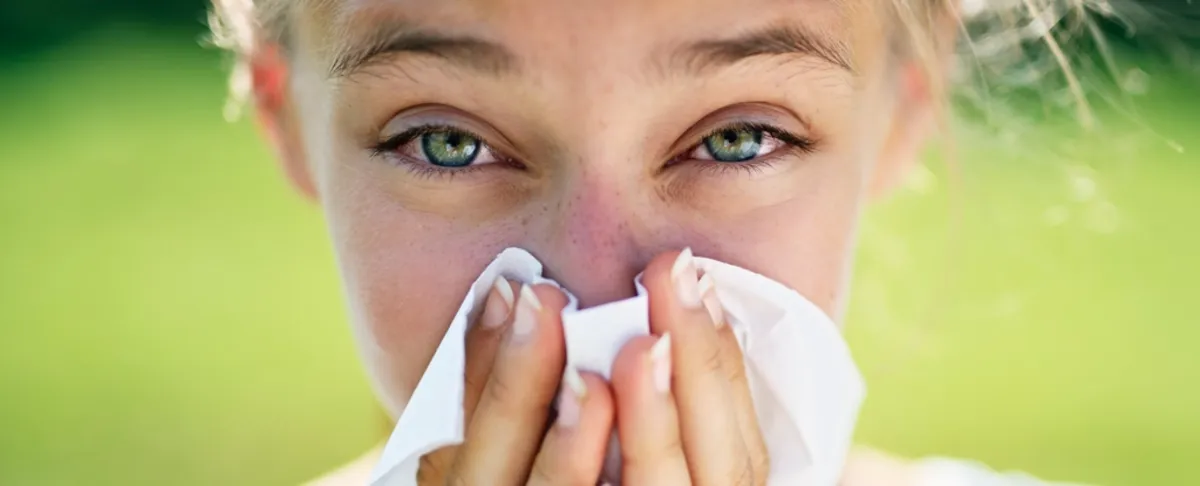
Evolution has led to a diverse range of reproductive strategies across various life forms. From the humble dandelion to majestic giraffes, nature continually adapts. However, one of the most troublesome adaptations for humans is pollen, the notorious male gametophyte of the plant kingdom. In the Southeastern U.S., the arrival of spring is unmistakable as cars become coated in a yellow layer of pollen, and outdoor furniture is blanketed with this fine dust. The result? Long lines at car washes as everyone tries to reclaim their vehicles from the clutches of springtime pollen.
Even individuals who do not suffer from pollen allergies can find themselves sneezing and experiencing watery eyes during the seasonal release of tree pollen. As a pollination ecologist, I can attest that the sheer volume of pollen can irritate nearly anyone, regardless of their immune response. But why is there such an abundance of pollen in the air, and why does it appear to be worsening each year?
Trees face significant challenges in their reproductive processes. They essentially have two methods to disperse pollen:
Option 1: Utilize an agent, such as a butterfly or bee, to carry pollen to another plant of the same species. This method requires a substantial investment in vibrant flowers, enticing fragrances, and sweet nectar to attract and reward pollinators.
Option 2: The more economical approach involves relying on the wind for pollen dispersal. Wind-mediated pollination is a primitive strategy that predates animal-assisted pollination. Unlike animal-pollinated trees, wind-pollinated trees do not need flashy flowers or sweet rewards. Instead, they produce lightweight, small-diameter pollen that can easily be carried by air currents.
Despite its efficiency, wind is not an ideal pollinator. The chances of a pollen grain landing on the stigma or ovule of another compatible plant are incredibly low. To counter this inefficiency, wind-pollinated trees must produce vast quantities of pollen, which often results in an excess of tiny particles in the air. For those with allergies, this means an environment filled with microscopic pollen grains that can irritate the eyes, throat, and lungs, and even infiltrate homes through window screens. This prompts the immune system to react as if these grains are harmful invaders.
In contrast, plants that rely on animal pollination can create heavier, stickier pollen that adheres to the bodies of insects. Therefore, when experiencing an allergic reaction, it's essential to remember that the true culprit isn’t the bees, but rather the wind that carries the pollen.
Factors such as temperature and light cues significantly influence when plants release their pollen. Many temperate tree species respond to warming temperatures and increasing light levels, signaling the start of spring. Research indicates that pollen seasons have intensified over the past three decades due to rising global temperatures. A study examining 60 locations across North America revealed that pollen seasons expanded by an average of 20 days from 1990 to 2018, with pollen concentrations increasing by 21% during this period.
Furthermore, rising levels of carbon dioxide in the atmosphere may contribute to increased pollen production. This phenomenon raises concerns about allergies and health issues related to pollen exposure.
Several factors exacerbate the pollen situation in the Southeastern U.S. One major contributor is the increased frequency and intensity of strong windstorms—not limited to hurricanes. Residents in this region have likely observed a rise in tornado warnings, severe thunderstorms, and power outages over recent decades. With wind as the primary vector for airborne pollen, these windier conditions can worsen allergy symptoms.
On blustery days, pollen remains suspended in the air for extended periods and can travel great distances. Additionally, severe storms can break apart larger pollen grains into smaller particles, allowing them to penetrate deeper into the lungs. Many allergy sufferers report heightened symptoms during storms, correlating with the peak of the spring wind and storm season, which aligns with the timing of tree pollen release.
The combination of climate change effects—such as longer pollen seasons and increased pollen production—alongside shifts in wind patterns and storm severity, is creating an environment ripe for allergy aggravation. The result is the perfect storm of pollen for residents of the Southeastern U.S. As we navigate these seasonal challenges, understanding the biology of pollen and the impact of our changing climate can empower us to manage our health more effectively during this challenging time.
Christine Cairns Fortuin, Assistant Professor of Forestry at Mississippi State University, emphasizes the importance of recognizing these environmental shifts and their implications on human health, particularly for those affected by pollen allergies.